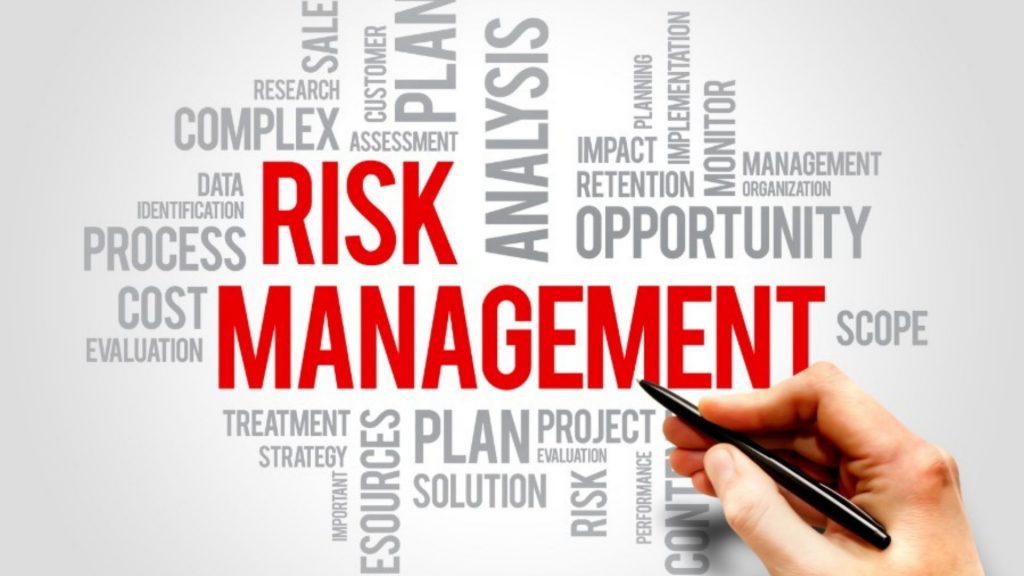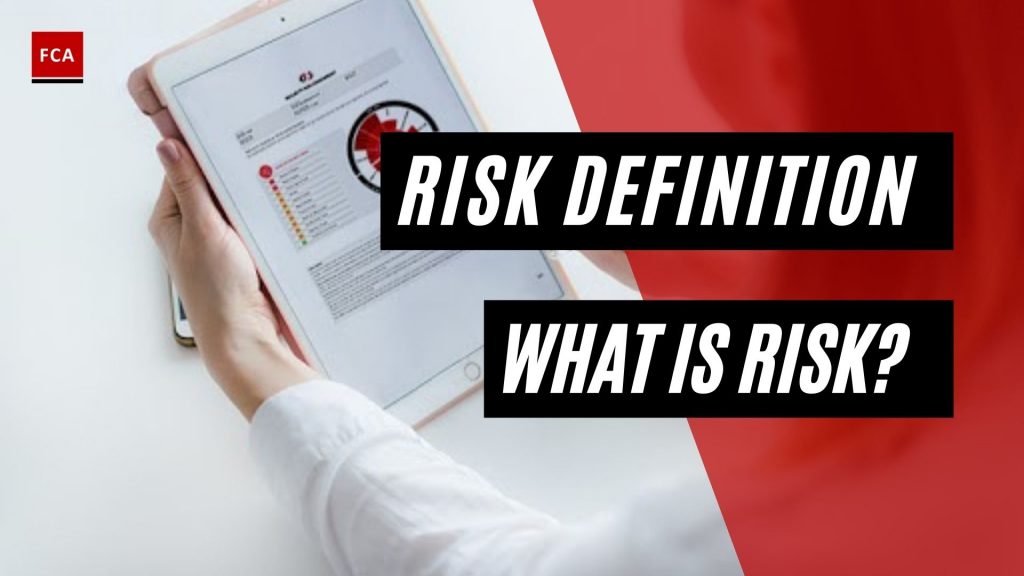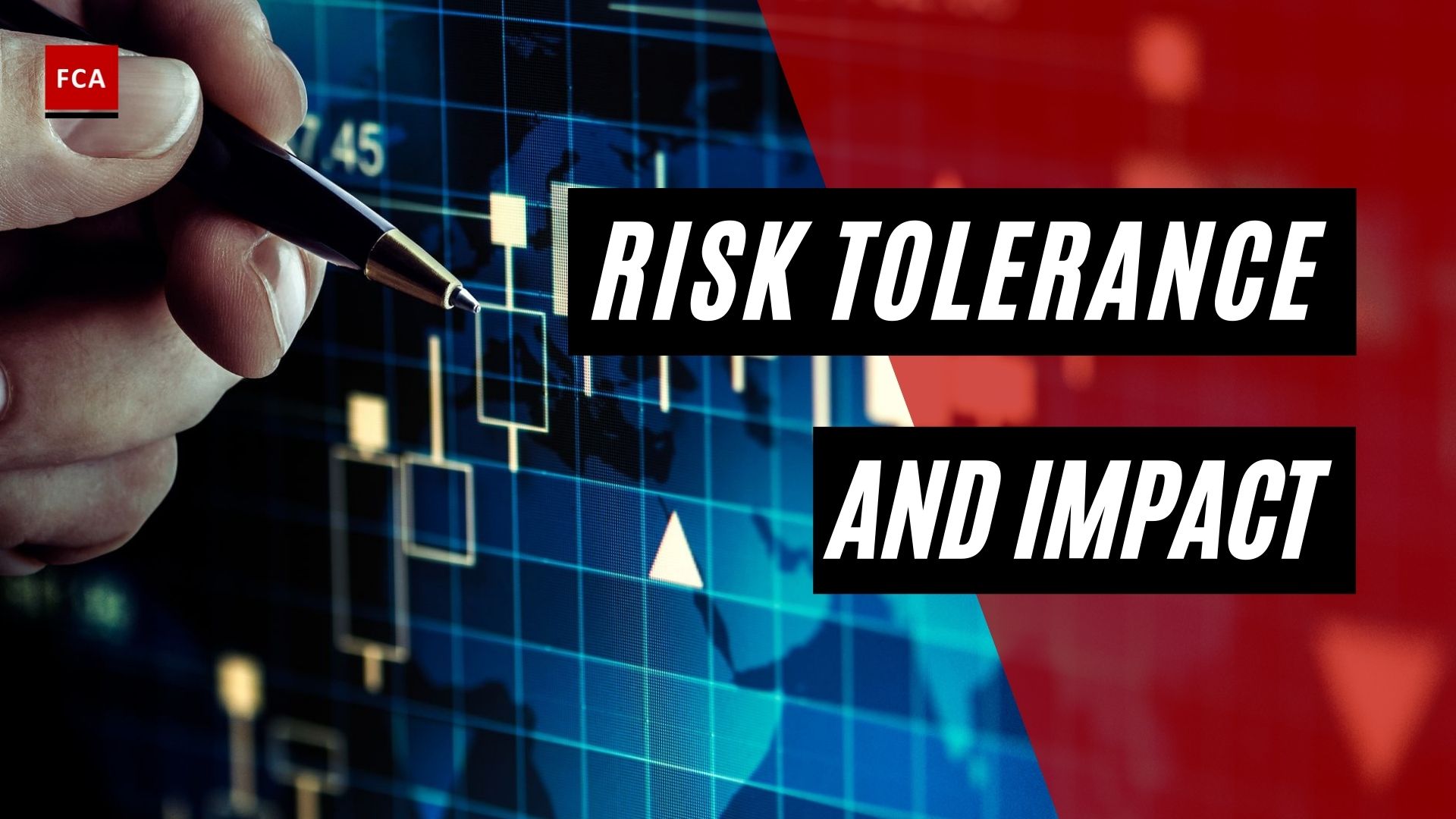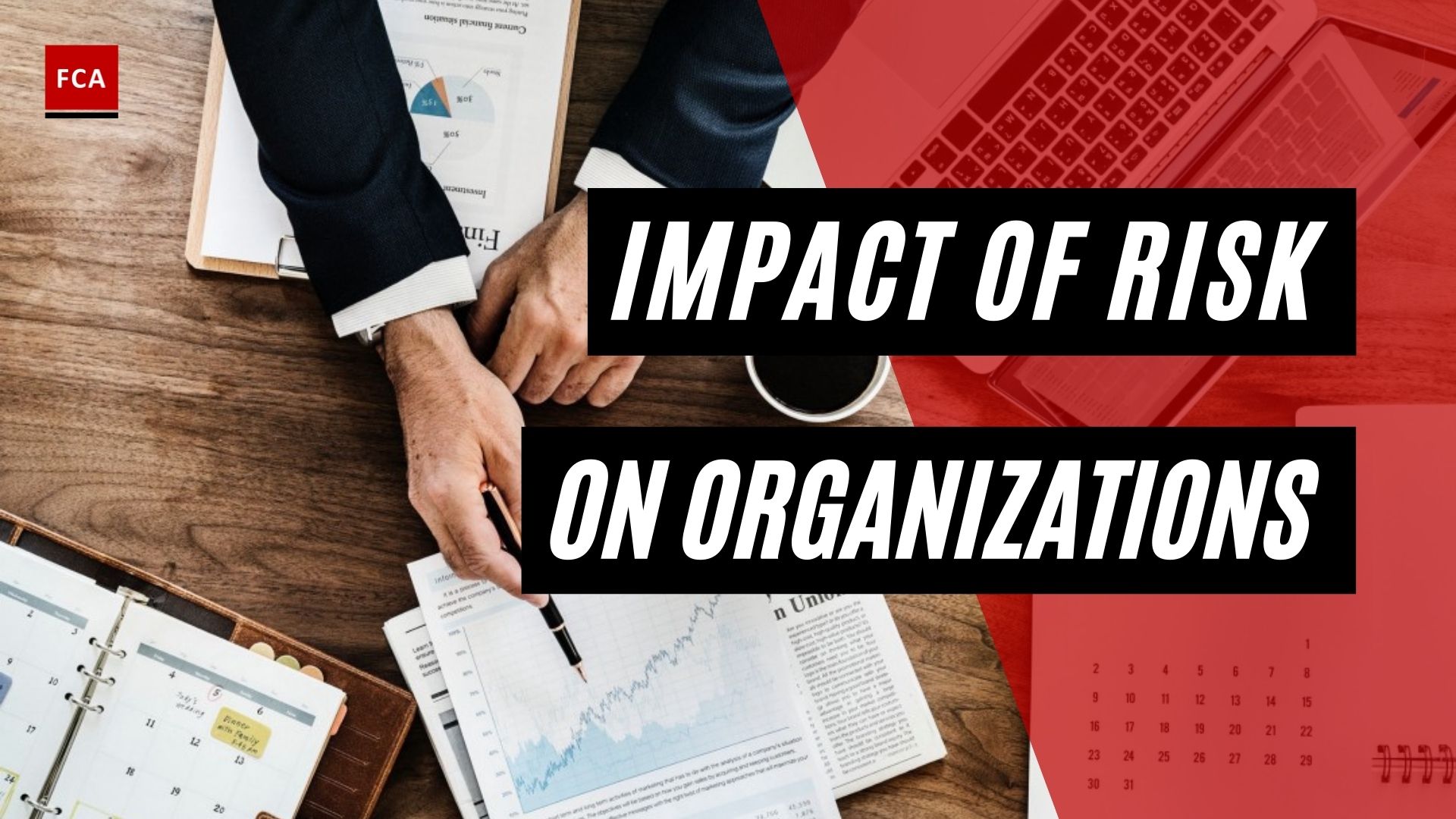Risk definition. The term “risk” is defined as “the possibility that events will occur and affect the achievement of strategy and business objectives.” It is often considered in terms of severity. In some instances, risk could relate to the anticipation of an expected event that does not occur.
This means that an entity’s strategy and business objectives may be affected by potential events. The lack of predictability of an event occurring (or not) and its related impact creates uncertainty for an organization. It is then understood that any uncertainty exists for entities that set out to achieve future strategies and business objectives.

Risk Definition And Meaning
In the context of risk, events are more than routine transactions. They include broader business matters, such as changes in the governance and operating structure, geopolitical and social influences, and contract negotiations, among other things.
Some events that potentially affect strategy, and business objectives are readily discernible, such as a change in interest rates, a competitor launching a new product, or the retirement of a key employee. Other events are less evident, particularly when multiple small events combine to create a trend or condition. For example, it may be difficult to identify specific events related to global warming, yet that condition is generally accepted as occurring. In some cases, organizations may be unaware or incapable of identifying what events could occur.
Risk Management
Risk management refers to a systematic approach to risk management, as well as the profession that does so. A broad definition of risk management is “coordinated activities to direct and control an organization in terms of risk.”
The goal of risk management in general is to assist organizations in setting strategy, achieving objectives, and making informed decisions. The outcomes should be “scientifically sound, cost-effective, integrated actions that risk while taking social, cultural, ethical, political, and legal considerations into account.” Risk management aims to “reduce or prevent risks” in situations where risks are always harmful. Its goal in the field of safety is to “protect employees, the general public, the environment, and company assets while minimizing business interruptions.”
Risk management is as much about identifying opportunities as it is about avoiding or mitigating losses for organizations whose definition of risk includes “upside” as well as “downside.” It then entails finding the right balance between innovation and change on the one hand, and avoiding shocks and crises on the other.
Risk Assessment
Risk assessment is a systematic approach to identifying and characterizing risks, as well as assessing their significance, in order to inform management decisions. Its components include the overall risk identification, risk analysis, and risk evaluation process.
A risk assessment is a process that identifies potential hazards and analyzes what might happen if one occurs. A business impact analysis (BIA) is a process that determines the potential consequences of interrupting time-sensitive or critical business processes.
Risk Identification
The process of identifying, recognizing, and recording risks is known as risk identification. It entails identifying risk sources, events, their causes, and potential consequences.
There are numerous methods for identifying risks, such as:
- Based on historical data or theoretical models, checklists or taxonomies are created.
- Methods based on evidence, such as literature reviews and historical data analysis
- Team-based methods that consider potential deviations from normal operations, e.g. HAZOP, FMEA, and SWIFT are all acronyms for Hazard Analysis and Mitigation Techniques.
- Empirical methods, such as testing and modeling, are used to predict what will happen in specific situations.
- Scenario analysis is a technique that encourages imaginative thinking about future possibilities.
- Methods of expert elicitation include brainstorming, interviews, and audits.
Risk identification methods are sometimes limited to locating and documenting risks that will be analyzed and evaluated elsewhere. Many risk identification methods, however, consider whether control measures are adequate and recommend improvements. As a result, they can be used as stand-alone qualitative risk assessment techniques.
Risk Analysis
The goal of risk analysis is to gain an understanding of the risk. It is the process of understanding the nature of risk and determining the level of risk. Risk analysis comes after risk identification and before risk evaluation. These distinctions, however, are not always followed.
Risk analysis may include the following:
- Identifying risk sources, causes, and drivers
- Examining the efficacy of existing controls
- Analyzing potential outcomes and their likelihood
- Understanding risk interactions and dependencies
- Developing risk-mitigation strategies
- Validating and verifying results
- Analysis of Uncertainty and Sensitivity
Data on the probabilities and consequences of previous events are frequently used in risk analysis. When there have been few such events, or when systems are not yet operational and thus have no prior experience, various analytical methods can be used to estimate the probabilities and consequences:
- Data from other contexts that are assumed to be similar in some aspects of risk.
- Monte Carlo simulation and quantitative risk assessment software are examples of theoretical models.
- Bayesian networks, fault tree analysis, and event tree analysis are examples of logical models.
- Expert judgment, such as the Delphi method or absolute probability judgment.
Risk Evaluation And Risk Criteria
Risk evaluation entails comparing estimated levels of risk to risk criteria in order to determine the significance of the risk and make risk treatment decisions.
In most activities, risks can be reduced by implementing additional controls or other treatment options, but this usually comes at an increased cost or inconvenience. It is rare to be able to completely eliminate risks without discontinuing the activity. It is sometimes desirable to take on more risks in order to obtain more valuable benefits. The purpose of risk criteria is to guide decisions on these issues.
Criteria Types
- Criteria that define the level of risk that can be accepted in pursuit of goals, also known as risk appetite, and evaluated using risk/reward analysis.
- Criteria such as the benefit-cost ratio are used to determine whether additional controls are required.
- Multiple-criteria decision analysis is one example of a criterion that is used to choose between different risk management options.
The most basic framework for risk criteria is a single level that separates acceptable risks from those that require treatment. This produces appealingly simple results but fails to account for the uncertainties involved in both estimating risks and defining the criteria.
Risk And Diversification
Diversification is the most fundamental – and effective – risk-mitigation strategy. Diversification is heavily influenced by the concepts of correlation and risk. A well-diversified portfolio will include various securities from various industries with varying degrees of risk and correlation with each other’s returns.
While most investment professionals agree that diversification cannot guarantee against loss, it is the most important component in assisting an investor in meeting long-term financial objectives while minimizing risk.
Final Thoughts
Every day, whether we’re driving to work, surfing a 60-foot wave, investing, or running a business, we face risks. Risk in the financial world refers to the possibility that an investment’s actual return will differ from what is expected – the possibility that an investment will not perform as well as you would like, or that you will lose money.
Regular risk assessment and diversification are the most effective ways to manage investing risk. Although diversification does not guarantee profits or protect against losses, it does have the potential to improve returns based on your objectives and desired level of risk. Finding the right balance of risk and return assists investors and business managers in achieving their financial goals through investments with which they are most comfortable.
Risk understanding, risk assessment and management methods, risk descriptions, and even risk definitions differ across practice areas. This article contains links to more in-depth articles on these topics. The international standard for risk management establishes principles and generic guidelines for organizations to follow when dealing with risks.








